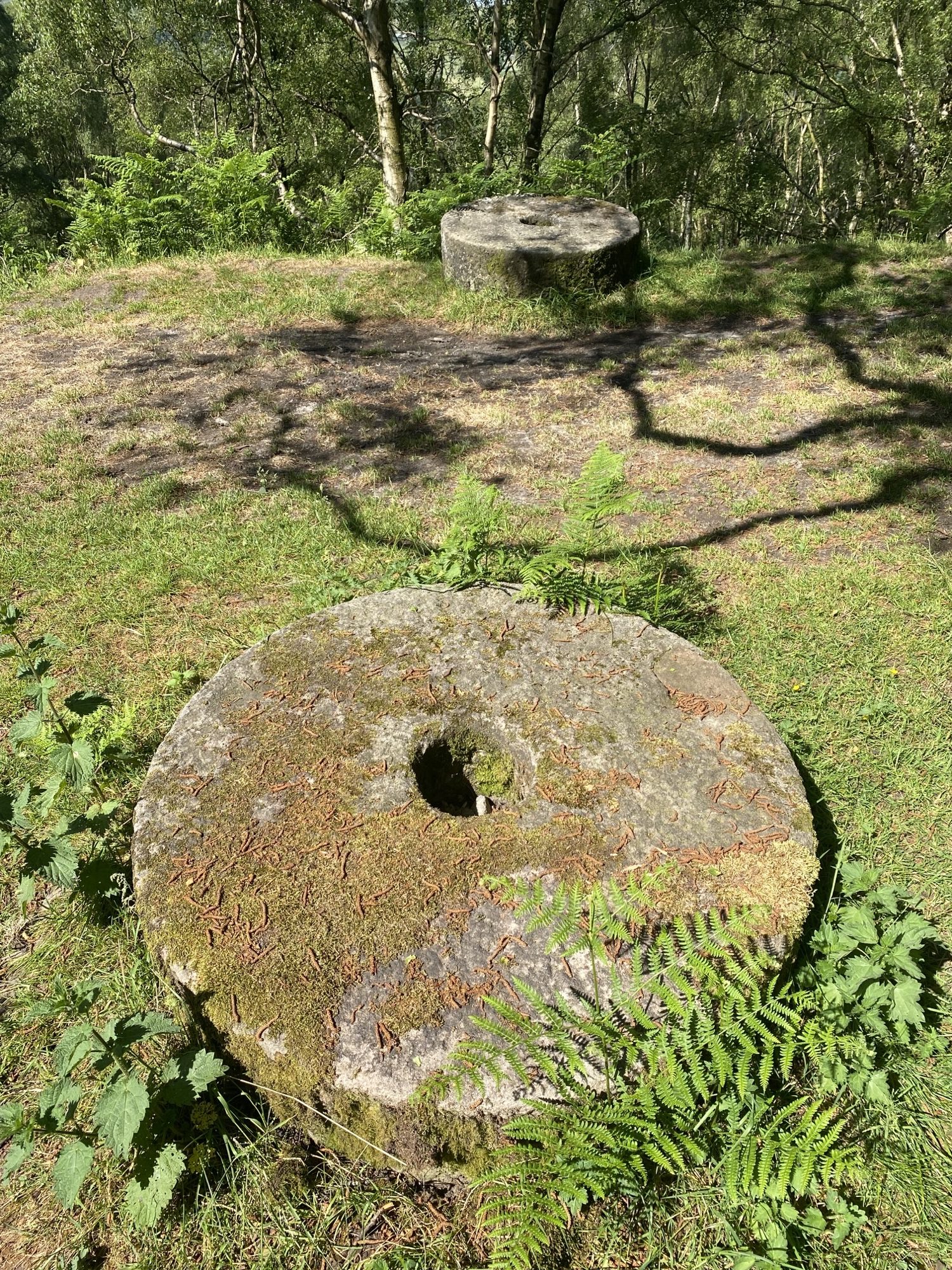
White Lea; The Birthplace of Scissor Grinding.
Where It All Started –
Our company has a remarkable history that spans an impressive 263 years, but unofficially longer than that. The story passed down through our family is that an ancestor of mine started manufacturing scissors in a picturesque location called White Lea, which has a small river running through it, to harness the power of this waterway, a dam was constructed, resulting in the creation of a forging pond. This body of water not only propelled a formidable water wheel but also provided energy for up to three forging hammers.
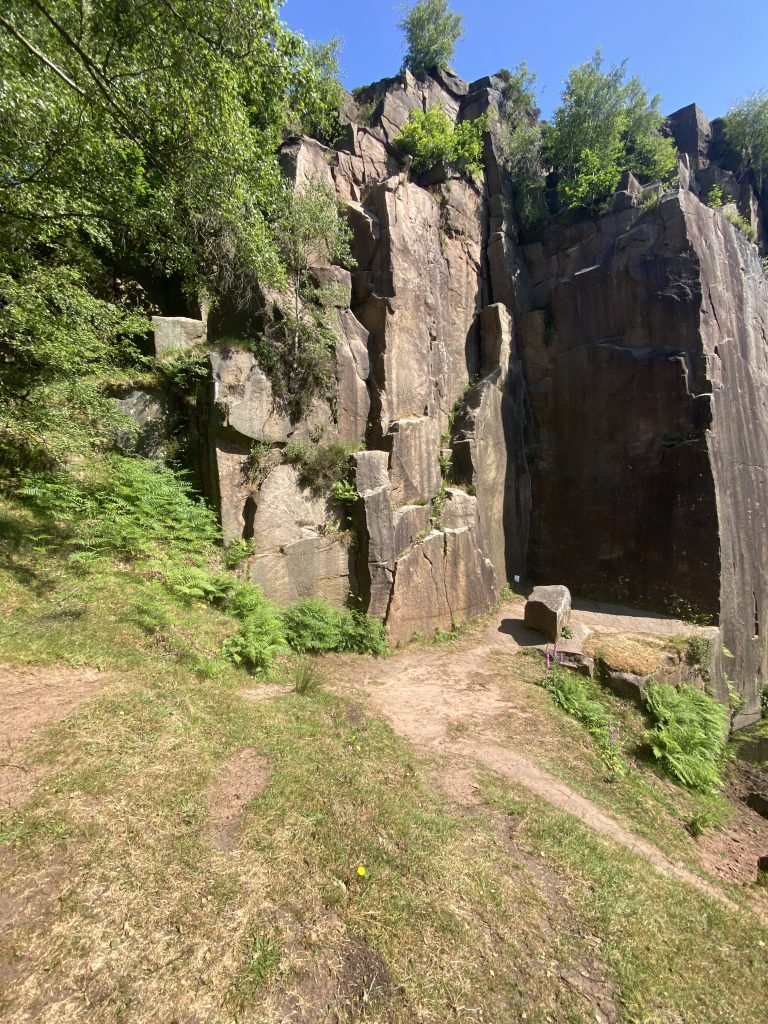
Here is one of the cliffs where stone was chipped away to be groud down and made into grinding wheels.
How Grinding Stones Where Made –
Grinding wheels play a significant role in this tale. These wheels were crafted from millstone grit sourced from Derbyshire and transported by horses to the emerging blade industry areas. They measured at least 3 feet in diameter and were very, very heavy! A central hole accommodated the axle, allowing the wheels to be driven by a belt connected to the water wheel. It was crucial for these wheels to be meticulously crafted and symmetrical; otherwise, they risked exploding under the strain of spinning, resulting in bloody and sometimes fatal accidents.
However, they were later replaced by the French invention of bonded carborundum wheels. These new wheels were smaller, significantly lighter, remarkably easier to manufacture, and far safer to use. Almost overnight, the trade of millstone wheels collapsed, leaving heaps of discarded wheels scattered across the North Derbyshire countryside.
How It Looks Now –
Today, the remnants of this fascinating past can still be seen, with four millponds (also called forging ponds) still standing as testaments to our heritage. Though the outlines may be less visible now, their traces can still just be seen. Cooperation among the forges was essential, as an excessive intake of water by one forge would lead to frustration for those downstream.
It is truly amazing to able to see such history stood still right where it was left 100’s of years ago.
The way we manufacture scissors may have changed but the craftsmanship remains the same.
Post a Comment
You must be logged in to post a comment.

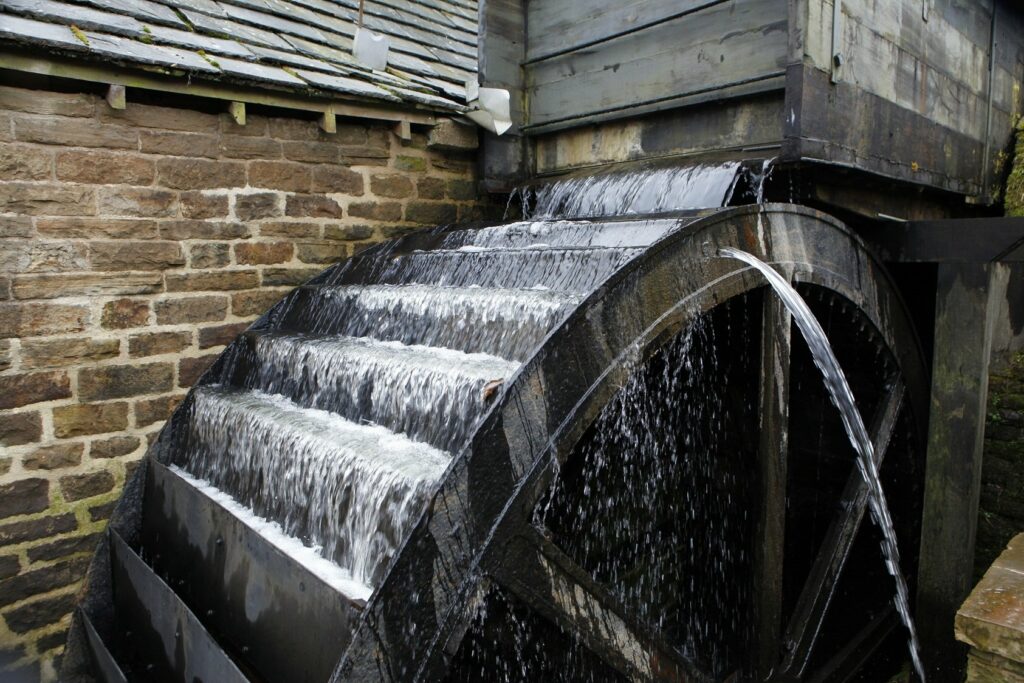
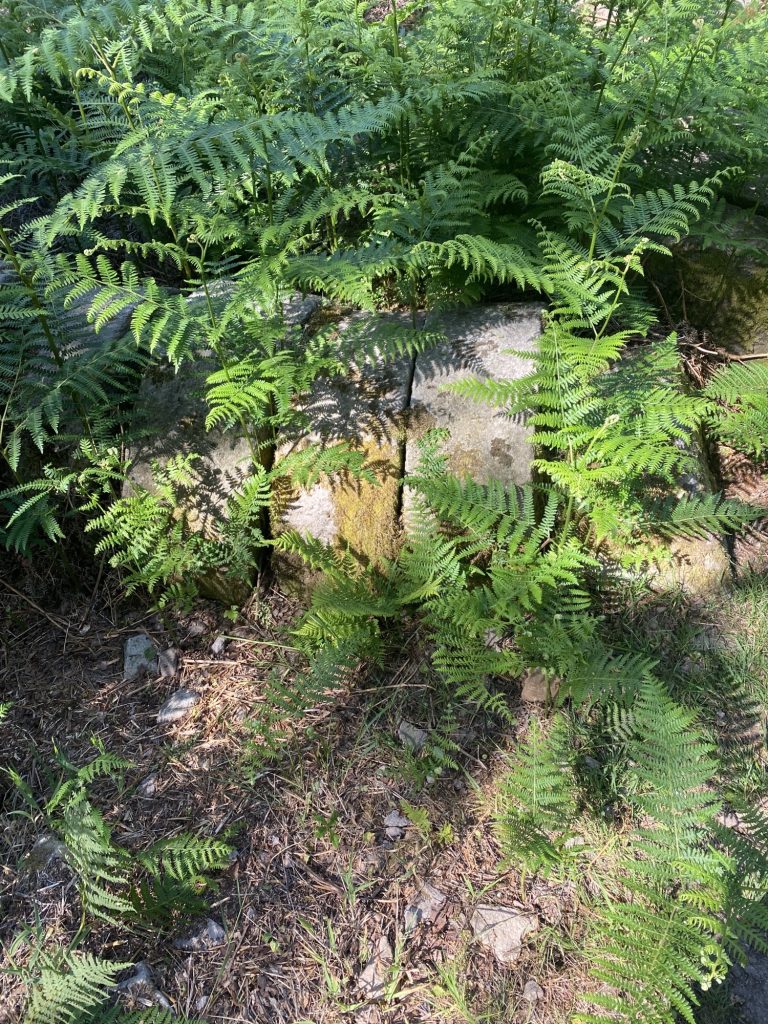
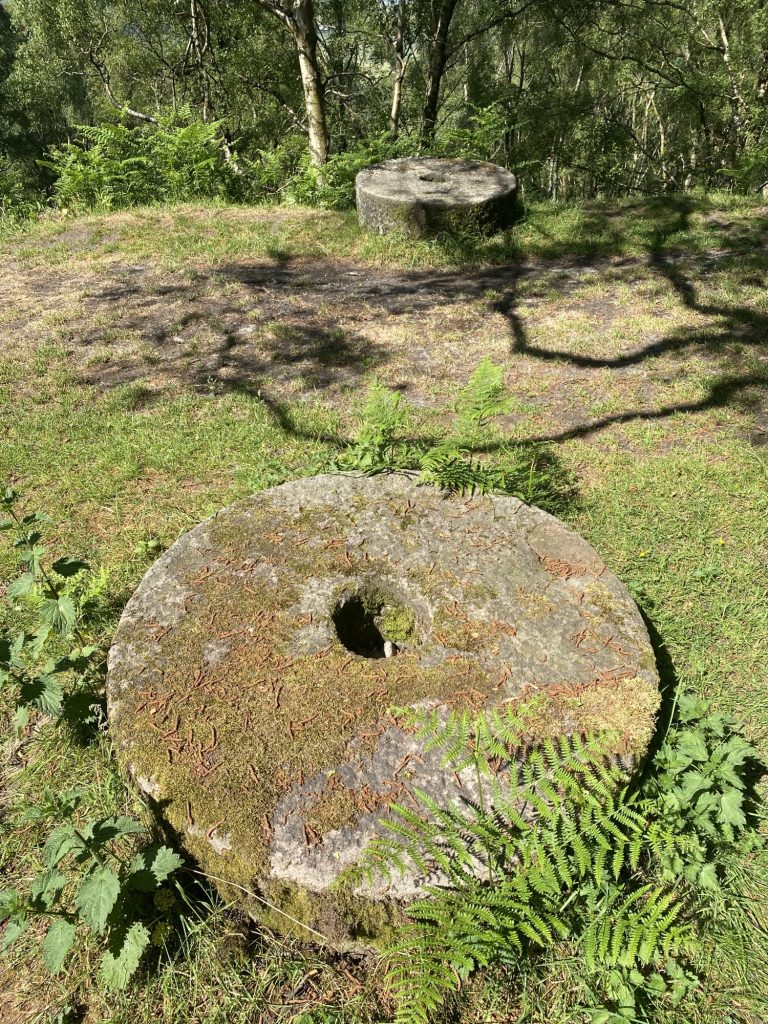
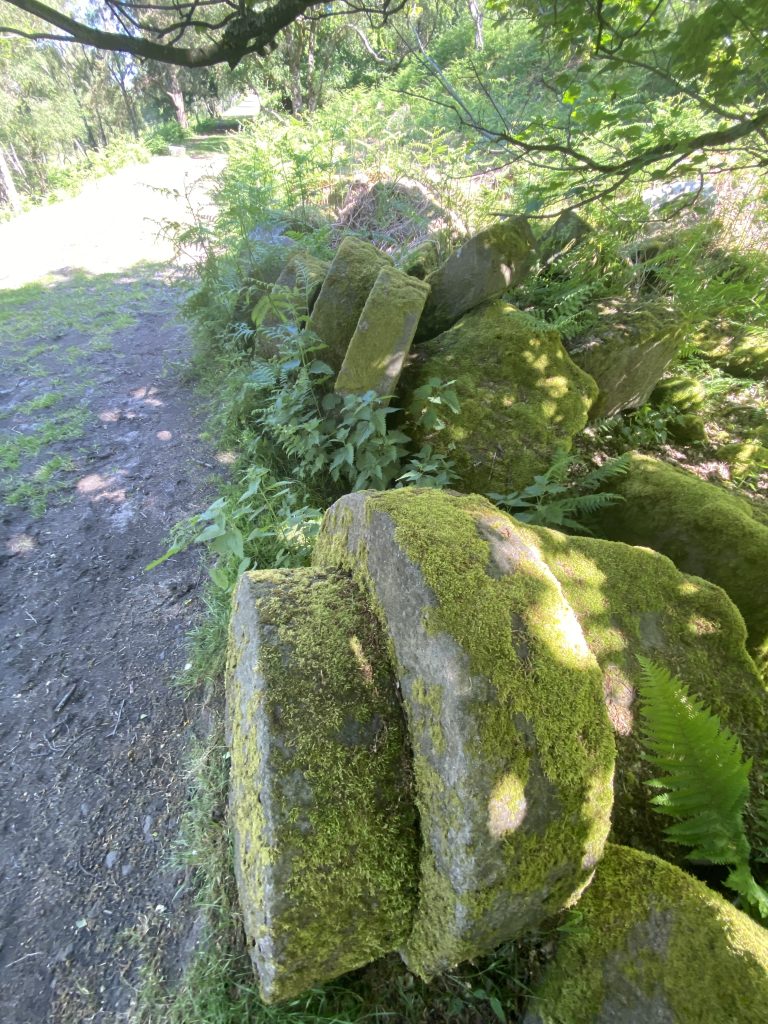
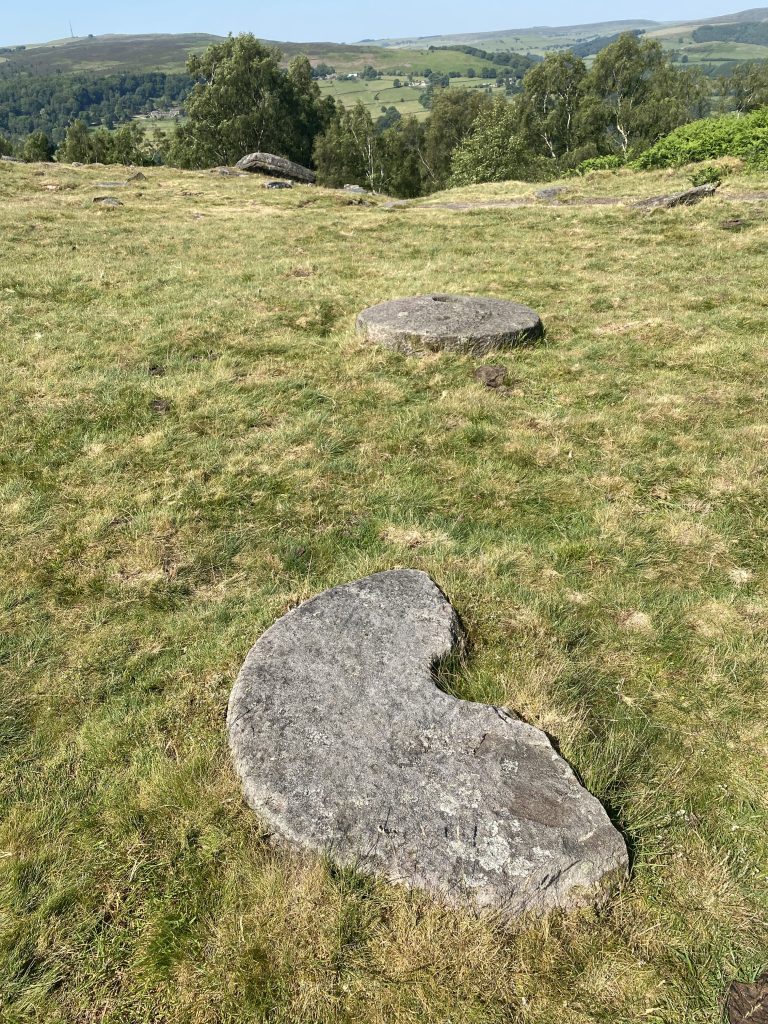
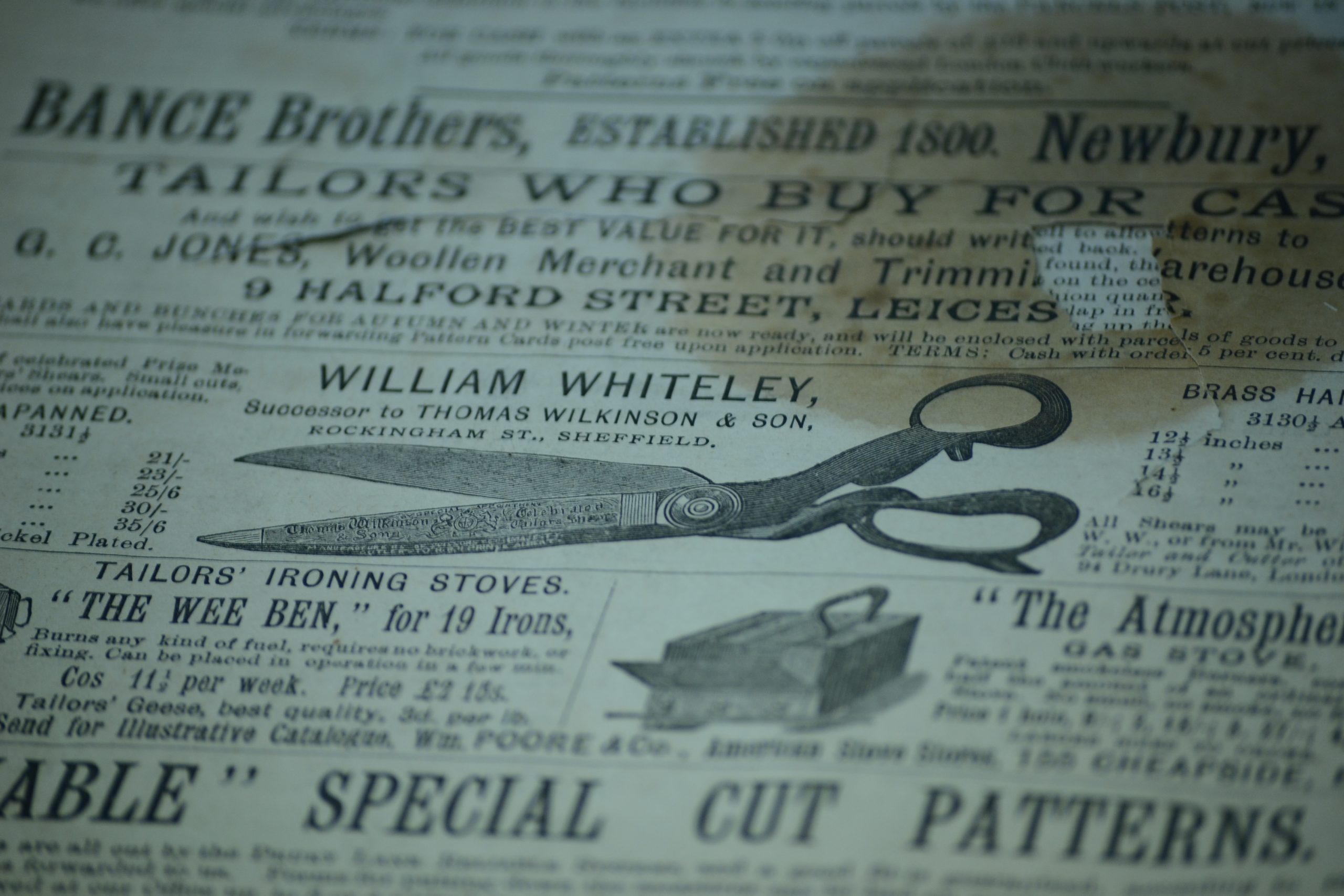
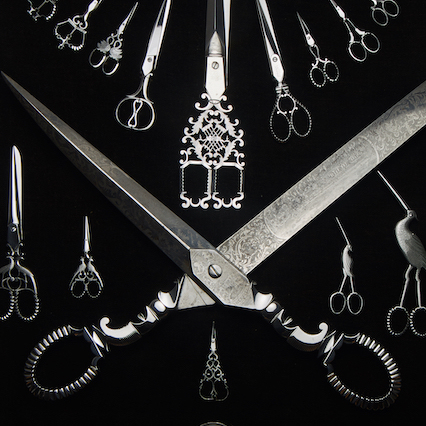


Douglas Berger
It is so interesting to understand the process and craft of making scissors, a tool we seem to take for granted.
It is even more interesting to see the variety of traditional and specialty scissors, hand crafted by one family owned company for over two and a half centuries! This tool we use so often and don’t understand, is a highly technical tool is easily underestimated! Doug Berger